Grow Arugula Indoors Easily and enjoy fresh, peppery greens right at your fingertips, no matter the season! Have you ever craved a vibrant salad in the dead of winter, only to be disappointed by the wilted, flavorless options at the grocery store? I know I have! That’s why I’m so excited to share these simple, effective DIY tricks that will transform your windowsill into a thriving arugula garden.
Arugula, also known as rocket, has a rich history dating back to ancient Rome, where it was prized for its culinary and medicinal properties. Today, this leafy green remains a popular ingredient in salads, pizzas, and pesto. But why rely on store-bought arugula when you can grow arugula indoors easily and have a constant supply of fresh, organic greens?
In today’s fast-paced world, many of us lack the time or space for a traditional outdoor garden. That’s where indoor gardening comes in! Growing arugula indoors is not only convenient but also allows you to control the growing environment, ensuring a healthy and abundant harvest. Plus, it’s a fantastic way to add a touch of green to your home and connect with nature, even in the smallest of apartments. So, let’s dive into these easy-to-follow DIY tricks and start growing your own delicious arugula today!
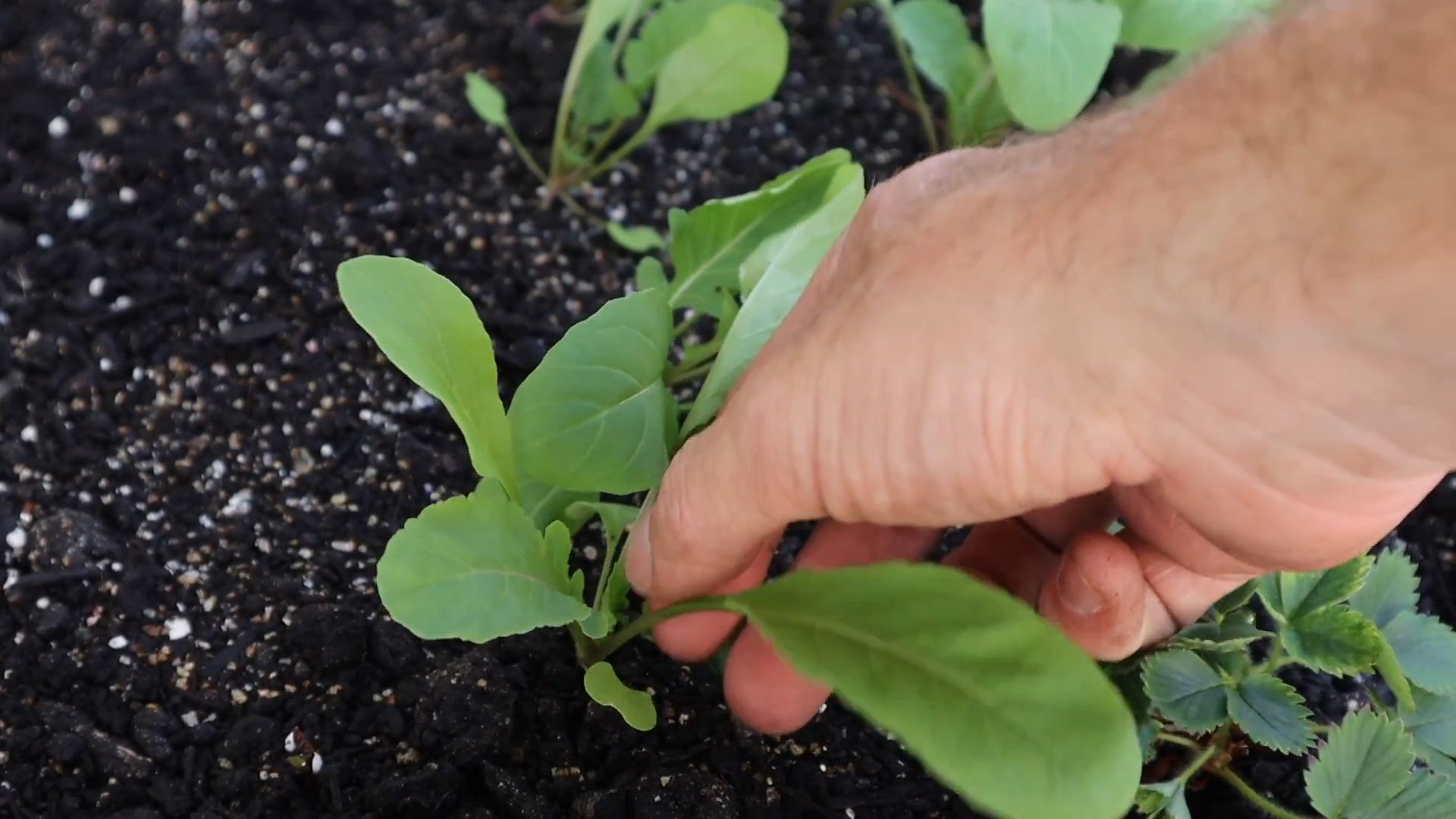
Grow Arugula Indoors: A Spicy Salad Garden at Your Fingertips!
Hey there, fellow plant enthusiasts! Are you craving the peppery bite of fresh arugula but don’t have a garden? Or maybe it’s the dead of winter and you’re dreaming of spring salads? Well, I’ve got fantastic news! You can easily grow arugula indoors, bringing a taste of summer to your kitchen year-round. I’ve been doing this for a while now, and I’m excited to share my secrets to a thriving indoor arugula patch. Let’s get started!
What You’ll Need: The Arugula Arsenal
Before we dive into the planting process, let’s gather our supplies. Here’s what you’ll need to create your indoor arugula oasis:
* **Arugula Seeds:** Obviously! Choose organic seeds for the best flavor and to avoid any unwanted chemicals. You can find these at most garden centers or online.
* **Containers:** You’ll need containers with drainage holes. I prefer using shallow containers, about 4-6 inches deep, as arugula doesn’t have deep roots. Recycled yogurt containers, plastic takeout containers (cleaned, of course!), or even seed starting trays work great.
* **Potting Mix:** Use a high-quality potting mix that’s well-draining. Avoid using garden soil, as it can compact and not provide adequate drainage for indoor growing.
* **Grow Lights (Optional, but Recommended):** While arugula can grow near a sunny window, grow lights will ensure consistent growth and prevent leggy plants, especially during the darker months. I use LED grow lights, which are energy-efficient and provide the right spectrum of light for leafy greens.
* **Spray Bottle:** For gentle watering.
* **Watering Can or Pitcher:** For bottom watering (more on that later!).
* **Small Shovel or Spoon:** For handling the potting mix.
* **Labels and a Marker:** To keep track of what you’ve planted. Trust me, it’s easy to forget!
Phase 1: Sowing the Seeds of Success
Now that we have our supplies, let’s get our hands dirty (or, well, potting mix-y!). This is where the magic begins!
1. **Prepare Your Containers:** Fill your chosen containers with potting mix, leaving about an inch of space at the top. Gently pat down the soil to create a level surface.
2. **Sow the Seeds:** Arugula seeds are tiny, so be careful not to overcrowd them. Sprinkle the seeds evenly over the surface of the soil. I usually aim for about 1/4 inch spacing between seeds. Don’t worry about being perfect; arugula is pretty forgiving.
3. **Cover the Seeds:** Lightly cover the seeds with a thin layer of potting mix, about 1/8 inch thick. You don’t want to bury them too deep, as they need light to germinate.
4. **Water Gently:** Use your spray bottle to gently mist the soil surface. You want to moisten the soil without disturbing the seeds. Avoid using a strong stream of water, as this can wash the seeds away.
5. **Label Your Containers:** Write “Arugula” and the date on your labels and attach them to your containers. This will help you keep track of your planting schedule.
6. **Find a Warm Spot:** Place your containers in a warm location, ideally between 60-70°F (15-21°C). Arugula seeds germinate best in warm conditions.
Phase 2: Nurturing Your Arugula Seedlings
Once your seeds have sprouted (usually within 5-7 days), it’s time to provide them with the care they need to thrive. This is where consistent watering and adequate light come into play.
1. **Provide Adequate Light:** As soon as your seedlings emerge, move them to a location with bright, indirect light. If you’re using grow lights, position them a few inches above the seedlings. I usually keep my grow lights on for about 12-14 hours per day.
2. **Water Regularly:** Keep the soil consistently moist, but not soggy. Overwatering can lead to root rot, so it’s important to find the right balance. I prefer to water from the bottom by placing the containers in a tray of water for about 15-20 minutes, allowing the soil to absorb the water from the bottom up. This encourages strong root growth.
3. **Thin the Seedlings (Optional):** If your seedlings are growing very close together, you can thin them out to provide more space for the remaining plants to grow. Simply snip off the weaker seedlings at the soil line with a pair of scissors. I usually thin them to about 1-2 inches apart.
4. **Rotate Your Containers:** If you’re growing your arugula near a window, rotate the containers regularly to ensure that all sides of the plants receive equal light. This will prevent them from leaning towards the light source.
5. **Fertilize (Optional):** Arugula doesn’t require a lot of fertilizer, but you can give it a boost with a diluted liquid fertilizer every few weeks. I use an organic fertilizer specifically formulated for leafy greens.
Phase 3: Harvesting Your Spicy Greens
The best part! After about 3-4 weeks, your arugula will be ready to harvest. This is when you get to enjoy the fruits (or, rather, leaves!) of your labor.
1. **Harvesting:** You can start harvesting arugula leaves when they are about 2-3 inches long. Simply snip off the outer leaves with a pair of scissors, leaving the inner leaves to continue growing. This is known as a “cut-and-come-again” harvesting method, which allows you to harvest multiple times from the same plants.
2. **Washing and Storing:** After harvesting, wash the arugula leaves thoroughly to remove any dirt or debris. Pat them dry with a paper towel or salad spinner. Store the leaves in a plastic bag in the refrigerator for up to a week.
3. **Enjoy!** Add your fresh arugula to salads, sandwiches, pizzas, or use it as a garnish for soups and other dishes. The possibilities are endless!
Troubleshooting Tips: Arugula SOS
Even with the best care, you might encounter a few challenges along the way. Here are some common problems and how to fix them:
* **Leggy Seedlings:** If your seedlings are tall and spindly, they’re not getting enough light. Move them to a brighter location or use grow lights.
* **Yellowing Leaves:** Yellowing leaves can be a sign of overwatering, underwatering, or nutrient deficiency. Adjust your watering schedule and consider fertilizing with a diluted liquid fertilizer.
* **Pests:** Arugula is generally pest-resistant, but you might occasionally encounter aphids or other small insects. You can usually get rid of them by spraying the plants with a strong stream of water or using an insecticidal soap.
* **Slow Growth:** Slow growth can be caused by a variety of factors, including insufficient light, poor soil, or cold temperatures. Make sure your arugula is getting enough light, use a high-quality potting mix, and keep the temperature above 60°F (15°C).
Extra Tips for Arugula Success
Here are a few extra tips that I’ve learned over the years that can help you grow even more amazing arugula indoors:
* **Succession Planting:** To ensure a continuous supply of arugula, sow new seeds every 2-3 weeks. This will stagger your harvests and prevent you from running out of fresh greens.
* **Choose the Right Variety:** There are many different varieties of arugula available, each with its own unique flavor and characteristics. Experiment with different varieties to find your favorite. Some popular varieties include ‘Astro,’ ‘Sylvetta,’ and ‘Wasabi.’
* **Don’t Overwater:** I can’t stress this enough! Overwatering is one of the most common mistakes that people make when growing arugula indoors. Make sure the soil is well-draining and only water when the top inch of soil feels dry to the touch.
* **Enjoy the Process!** Growing your own arugula indoors is a rewarding experience. Don’t be afraid to experiment and have fun!
Growing arugula indoors is a simple and rewarding way to enjoy fresh, spicy greens year-round. With a little bit of care and attention, you can have a thriving indoor arugula patch that will provide you with delicious salads and other culinary delights for months to come. So, grab your seeds, get your hands dirty, and start growing! Happy gardening!
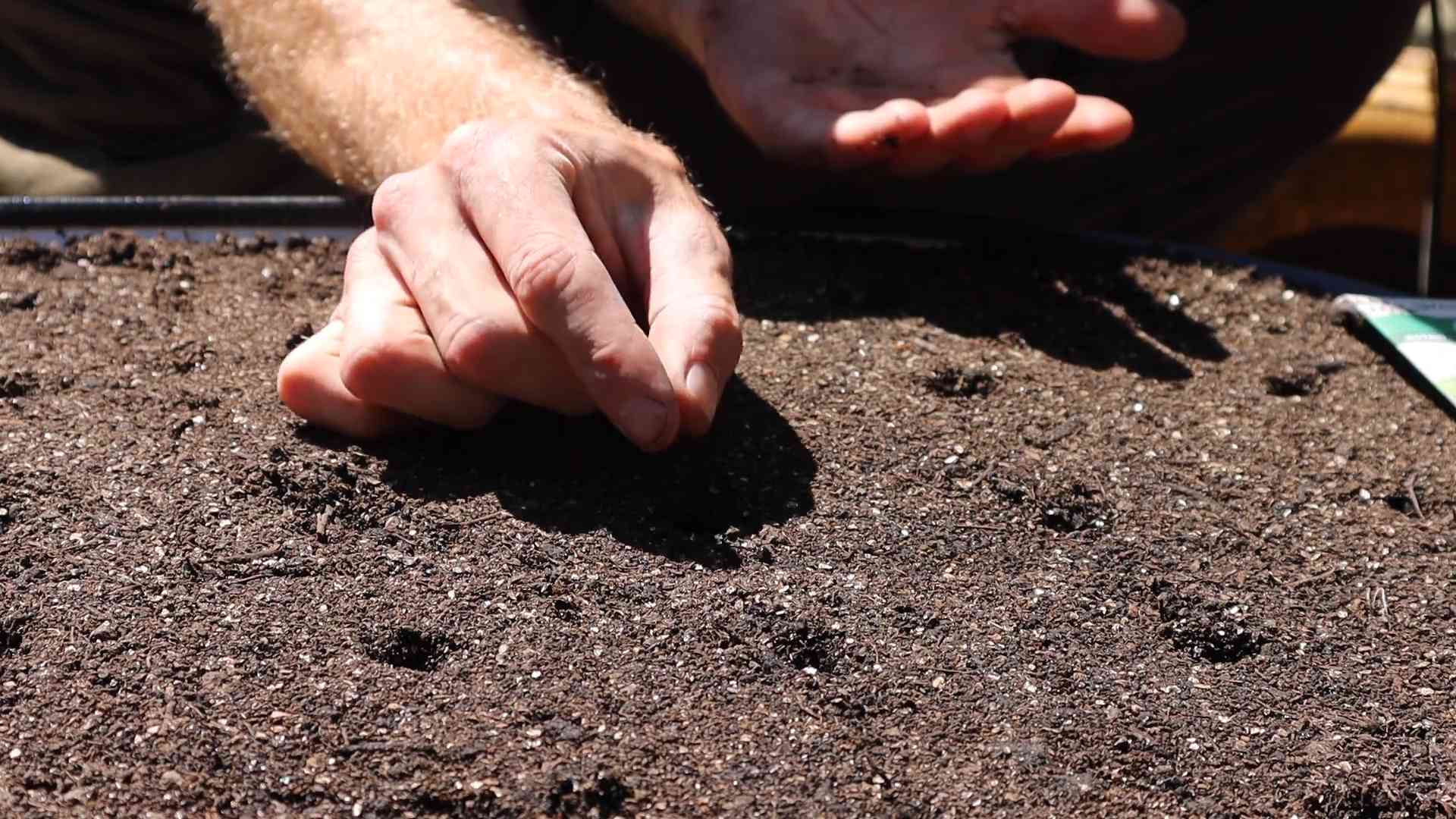
Conclusion
So, there you have it! Growing arugula indoors easily is not just a possibility; it’s a delicious reality waiting to happen in your own home. Forget those wilted, overpriced greens from the grocery store. Imagine the satisfaction of snipping fresh, peppery arugula leaves whenever you need them, adding a vibrant kick to your salads, pizzas, sandwiches, or even pesto. This simple DIY project is a game-changer for anyone who loves fresh herbs and greens, regardless of their gardening experience.
Why is this a must-try? Because it’s incredibly easy, cost-effective, and rewarding. You don’t need a sprawling garden or a green thumb to succeed. A sunny windowsill, a container, some soil, and arugula seeds are all you need to embark on this flavorful adventure. Plus, growing your own arugula allows you to control the growing environment, ensuring that your greens are free from harmful pesticides and herbicides. You’re getting the freshest, healthiest, and most flavorful arugula possible.
Looking for variations? Absolutely! Try experimenting with different types of arugula seeds. Some varieties are spicier than others, so find one that suits your taste. You can also mix arugula with other leafy greens like spinach or lettuce in the same container for a diverse salad mix. Consider adding a slow-release fertilizer to the soil for an extra boost of nutrients, especially if you plan on harvesting frequently. Another fun variation is to use vertical planters to maximize space, especially if you’re short on windowsill real estate. You can even try growing arugula under grow lights if you don’t have a naturally sunny spot. The possibilities are endless!
We’re confident that you’ll be amazed at how easy and rewarding it is to grow arugula indoors. It’s a fantastic way to add fresh, healthy greens to your diet, reduce your grocery bill, and connect with nature, even in the middle of winter. So, grab your seeds, prepare your container, and get ready to enjoy the taste of homegrown arugula.
Don’t just take our word for it – try it yourself! We encourage you to embark on this simple gardening project and experience the joy of harvesting your own fresh arugula. And most importantly, we want to hear about your experience! Share your tips, tricks, and photos with us in the comments below. Let’s build a community of indoor arugula growers and inspire others to discover the joys of homegrown greens. Happy growing!
Frequently Asked Questions (FAQ)
What kind of container should I use to grow arugula indoors?
The best container for growing arugula indoors is one that is at least 6 inches deep and has drainage holes. Arugula doesn’t have deep roots, but it needs enough space for healthy growth. You can use plastic pots, terracotta pots, or even repurposed containers like yogurt tubs or plastic bins, as long as they have drainage. Make sure the container is clean before planting to prevent the spread of diseases. The size of the container will depend on how much arugula you want to grow. A 6-inch pot is suitable for a small harvest, while a larger container will allow you to grow more arugula at once.
What type of soil is best for growing arugula indoors?
Arugula thrives in well-draining soil that is rich in organic matter. A good potting mix specifically formulated for vegetables or herbs is ideal. You can also create your own mix by combining equal parts of potting soil, compost, and perlite or vermiculite. The compost will provide nutrients, while the perlite or vermiculite will improve drainage and aeration. Avoid using garden soil, as it can be too heavy and may contain pests or diseases. The pH of the soil should be slightly acidic to neutral, around 6.0 to 7.0.
How much sunlight does arugula need when grown indoors?
Arugula needs at least 6 hours of sunlight per day to grow well indoors. A sunny windowsill that faces south or west is ideal. If you don’t have a sunny windowsill, you can supplement with grow lights. Fluorescent or LED grow lights are a good option. Position the lights a few inches above the plants and keep them on for 12-14 hours per day. Rotate the plants regularly to ensure that all sides receive adequate light. Insufficient light can result in leggy growth and a less flavorful harvest.
How often should I water arugula grown indoors?
Water arugula regularly to keep the soil consistently moist, but not waterlogged. Check the soil moisture by sticking your finger about an inch into the soil. If it feels dry, it’s time to water. Water deeply until the water drains out of the drainage holes. Avoid overwatering, as this can lead to root rot. The frequency of watering will depend on the temperature, humidity, and type of container you are using. In general, you may need to water every 2-3 days.
When can I harvest arugula after planting?
Arugula is a fast-growing green, and you can typically start harvesting leaves about 3-4 weeks after planting. Harvest the outer leaves when they are about 2-3 inches long. Use scissors or a knife to cut the leaves close to the base of the plant. Avoid harvesting more than one-third of the plant at a time, as this can stunt its growth. Regular harvesting will encourage the plant to produce more leaves. You can continue to harvest arugula for several weeks, or even months, depending on the growing conditions.
How do I prevent pests and diseases when growing arugula indoors?
Growing arugula indoors can help minimize pest and disease problems, but it’s still important to take precautions. Inspect your plants regularly for signs of pests, such as aphids, spider mites, or whiteflies. If you find any pests, you can try washing them off with a strong stream of water or using insecticidal soap. Avoid overwatering, as this can create a favorable environment for fungal diseases. Ensure good air circulation around the plants to prevent moisture buildup. If you notice any signs of disease, such as yellowing leaves or spots, remove the affected leaves immediately.
Can I grow arugula indoors year-round?
Yes, you can grow arugula indoors year-round, as long as you provide the right growing conditions. Arugula prefers cooler temperatures, so it may be necessary to adjust the temperature in your home during the summer months. You can also use grow lights to supplement natural sunlight during the winter months. With proper care, you can enjoy fresh, homegrown arugula all year long.
How do I make arugula taste less bitter?
Arugula’s peppery flavor is part of its appeal, but some people find it too bitter. To reduce the bitterness, harvest the leaves when they are young and small. Older leaves tend to be more bitter. You can also try growing arugula in partial shade, as this can help to reduce the bitterness. Another trick is to blanch the leaves in boiling water for a few seconds before using them. This will help to mellow out the flavor.
What are some creative ways to use homegrown arugula?
Homegrown arugula is incredibly versatile and can be used in a variety of dishes. Add it to salads for a peppery kick, use it as a topping for pizzas or sandwiches, or blend it into pesto. You can also sauté arugula with garlic and olive oil for a simple side dish, or add it to soups and stews for extra flavor. Arugula pairs well with a variety of ingredients, including cheese, nuts, fruits, and vegetables. Get creative and experiment with different combinations to find your favorite ways to use this delicious green.

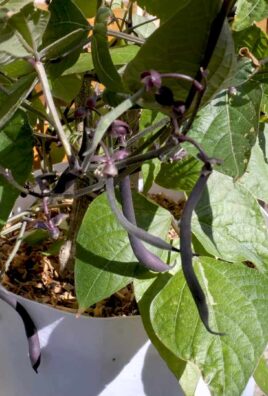
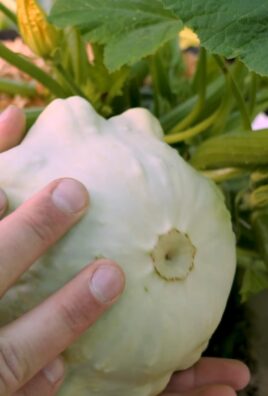
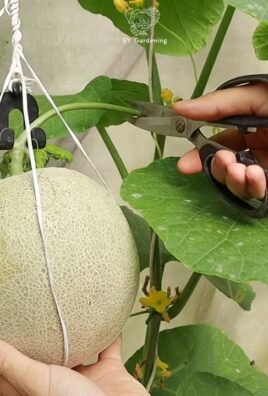
Leave a Comment